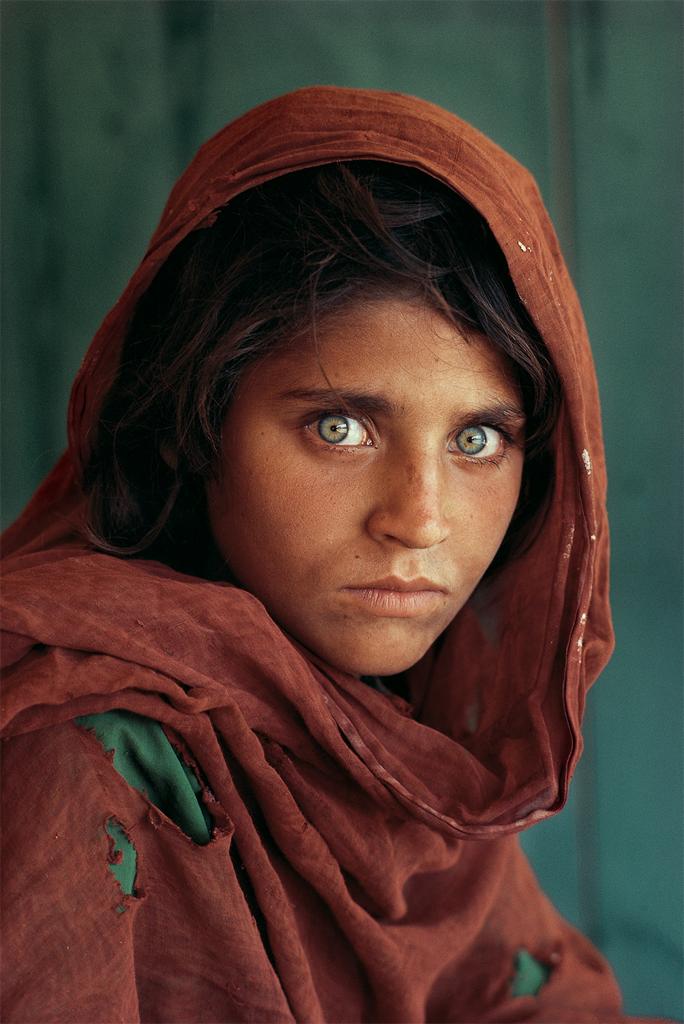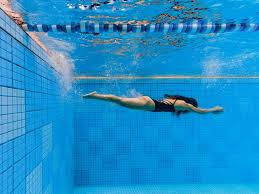Stamp: Swimmer by Antonin Gallo (France 2019)
Swimmer by Antonin Gallo (France 2019)
01 January (France ) within release Collectors : Ribambulle goes into circulation Stamp Swimmer by Antonin Gallo face value Valeur No Face Value
| Stamp Swimmer by Antonin Gallo in catalogues | |
|---|---|
| Colnect codes: | Col: FR-MON 2019-160/2 |
Stamp is square format.
Also in the issue Collectors : Ribambulle:
- Stamp - Ballet Dancer by Antonin Gallo face value Valeur;
- Stamp - Bee Alive Cartoon by Thomas Priou face value Valeur;
- Stamp - Boxer by Antonin Gallo face value Valeur;
- Stamp - Cartoon of Alien from the Godillots face value Valeur;
- Stamp - Cartoon of car and zebra racing by Chris Boyer face value Valeur;
- Stamp - Cartoon of Country Animals by Patrice Le Sourd face value Valeur;
- Stamp - Cartoon of Four children in pink by Manboou face value Valeur;
- Stamp - Cartoon of Frog by Bruno Maiorana, Delcourt Ayroles face value Valeur;
- Stamp - Cartoon of little alien by Thibault Colon de Franciosi face value Valeur;
- Stamp - Cartoon of Red Cow Girl by Jackpot face value Valeur;
- Stamp - Cartoon of Ribambulle mascot (crocodile) by Didier Crisse face value Valeur;
- Stamp - Cartoon of Soldier from the Godillots face value Valeur;
- Stamp - Cartoon of Soldier from the Godillots face value Valeur;
- Stamp - Cartoon of Superboy by Mickaël Roux face value Valeur;
- Stamp - Cartoon of Youth from the Godillots face value Valeur;
- Stamp - Cartoon Ribambulle Show Mascot (Crocodile) by Didier Crisse face value Valeur;
- Full Pane - Cartoons of the Godillots by Marko et Olier face value 10*Valeur;
- Stamp - Gymnast by Antonin Gallo face value Valeur;
- Full Pane - Portraits by Antonin Gallo face value 4*Valeur;
- Stamp - Swimmer by Antonin Gallo face value Valeur;
Stamp Swimmer by Antonin Gallo it reflects the thematic directions:
Art is a diverse range of human activities in creating visual, auditory or performing artifacts (artworks), expressing the author's imaginative or technical skill, intended to be appreciated for their beauty or emotional power. In their most general form these activities include the production of works of art, the criticism of art, the study of the history of art, and the aesthetic dissemination of art. The oldest documented forms of art are visual arts, which include creation of images or objects in fields including painting, sculpture, printmaking, photography, and other visual media. Architecture is often included as one of the visual arts; however, like the decorative arts, or advertising, it involves the creation of objects where the practical considerations of use are essential—in a way that they usually are not in a painting, for example. Music, theatre, film, dance, and other performing arts, as well as literature and other media such as interactive media, are included in a broader definition of art or the arts. Until the 17th century, art referred to any skill or mastery and was not differentiated from crafts or sciences. In modern usage after the 17th century, where aesthetic considerations are paramount, the fine arts are separated and distinguished from acquired skills in general, such as the decorative or applied arts.
Painting is the practice of applying paint, pigment, color or other medium to a solid surface (support base). The medium is commonly applied to the base with a brush, but other implements, such as knives, sponges, and airbrushes, can be used. Painting is a mode of creative expression, and the forms are numerous. Drawing, gesture (as in gestural painting), composition, narration (as in narrative art), or abstraction (as in abstract art), among other aesthetic modes, may serve to manifest the expressive and conceptual intention of the practitioner. Paintings can be naturalistic and representational (as in a still life or landscape painting), photographic, abstract, narrative, symbolistic (as in Symbolist art), emotive (as in Expressionism), or political in nature (as in Artivism). A portion of the history of painting in both Eastern and Western art is dominated by spiritual motifs and ideas. Examples of this kind of painting range from artwork depicting mythological figures on pottery, to Biblical scenes rendered on the interior walls and ceiling of the Sistine Chapel, to scenes from the life of Buddha or other images of Eastern religious origin. In art, the term painting describes both the act and the result of the action. The support for paintings includes such surfaces as walls, paper, canvas, wood, glass, lacquer, clay, leaf, copper and concrete, and the painting may incorporate multiple other materials including sand, clay, paper, plaster, gold leaf, as well as objects. The term painting is also used outside of art as a common trade among craftsmen and builders.
A portrait is a painting, photograph, sculpture, or other artistic representation of a person, in which the face is always predominant. In arts, a portrait can be represented as half body and even full body. If the subject in full body better represents personality and mood - this type of presentation can be chosen. The intent is to display the likeness, personality, and even the mood of the person. For this reason, in photography a portrait is generally not a snapshot, but a composed image of a person in a still position. A portrait often shows a person looking directly at the painter or photographer, to most successfully engage the subject with the viewer, but portrait can be represented as a profile (from aside) and 3/4.
Sport is a form of physical activity or game. Often competitive and organized, sports use, maintain, or improve physical ability and skills. They also provide enjoyment to participants and, in some cases, entertainment to spectators. Many sports exist, with different participant numbers, some are done by a single person with others being done by hundreds. Most sports take place either in teams or competing as individuals. Some sports allow a "tie" or "draw", in which there is no single winner; others provide tie-breaking methods to ensure one winner. A number of contests may be arranged in a tournament format, producing a champion. Many sports leagues make an annual champion by arranging games in a regular sports season, followed in some cases by playoffs.
Swimming is the self-propulsion of a person through water, or other liquid, usually for recreation, sport, exercise, or survival. Locomotion is achieved through coordinated movement of the limbs and the body to achieve hydrodynamic thrust that results in directional motion. Humans can hold their breath underwater and undertake rudimentary locomotive swimming within weeks of birth, as a survival response. Swimming requires stamina, skills, and proper technique.





